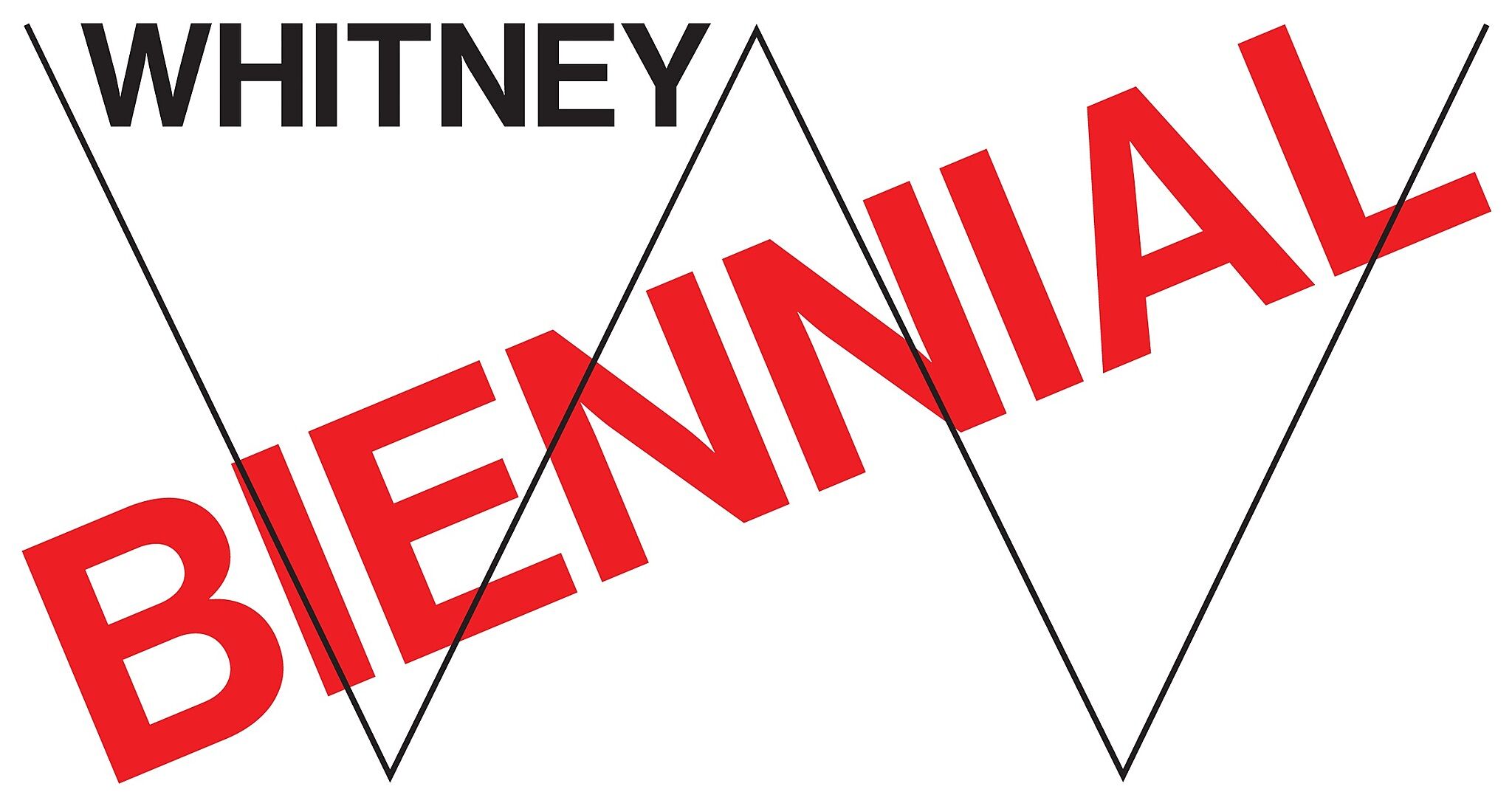Tony Greene
Mar 6, 2014
0:00
Tony Greene
0:00
Catherine Opie: I’m Catherine Opie with Richard Hawkins, and we’ve curated the work of Tony Greene for the Whitney Biennial.
We went to school with Tony at Cal Arts, as well as remained friends with him up to the time that he died of AIDS in 1990.
Richard Hawkins: It was about mid-88 that Tony really hit his stride. Things changed at that point and all of a sudden blossomed into these photographic substrates that are covered with either glaze or kind of amber or green resin with sunken moats around them, because he always called them moats, and then put within these kind of stained modernist frames.
Catherine Opie: In terms of Tony’s work―one of the things I started really looking at and being aware of it―was the notion of beauty in decay, incorporated in a visual language in a way that I hadn’t thought about it before.
Richard Hawkins: Tony was the first one out of all of us making work specifically about HIV. He’s like the first one that I know that kind of said, Hmm, I’m sick, I’m going to die, I’m going to do whatever the hell I want to do.
Catherine Opie: Yeah.
Richard Hawkins: And what I want to do was like integrate these ideas of how gay men have traditionally used photographs in order to communicate with each other.
Catherine Opie: Tony was really trying to kind of tackle desire in relationship to HIV.
Richard Hawkins: An interesting thing to me about Tony was that he still wanted to be a painter and work with the paint and the history of painting, but at the same time, be able to incorporate an activist dialogue into the work.
Catherine Opie: I don’t think that Tony in his mind ever wanted to be the political artist in relationship to his own body, and the politics for me within Tony’s work is the politic of permission to reach deep inside of yourself to fulfill your own desires. And I think that that that’s part of the incredible beauty and legacy of Tony’s work in my mind.

